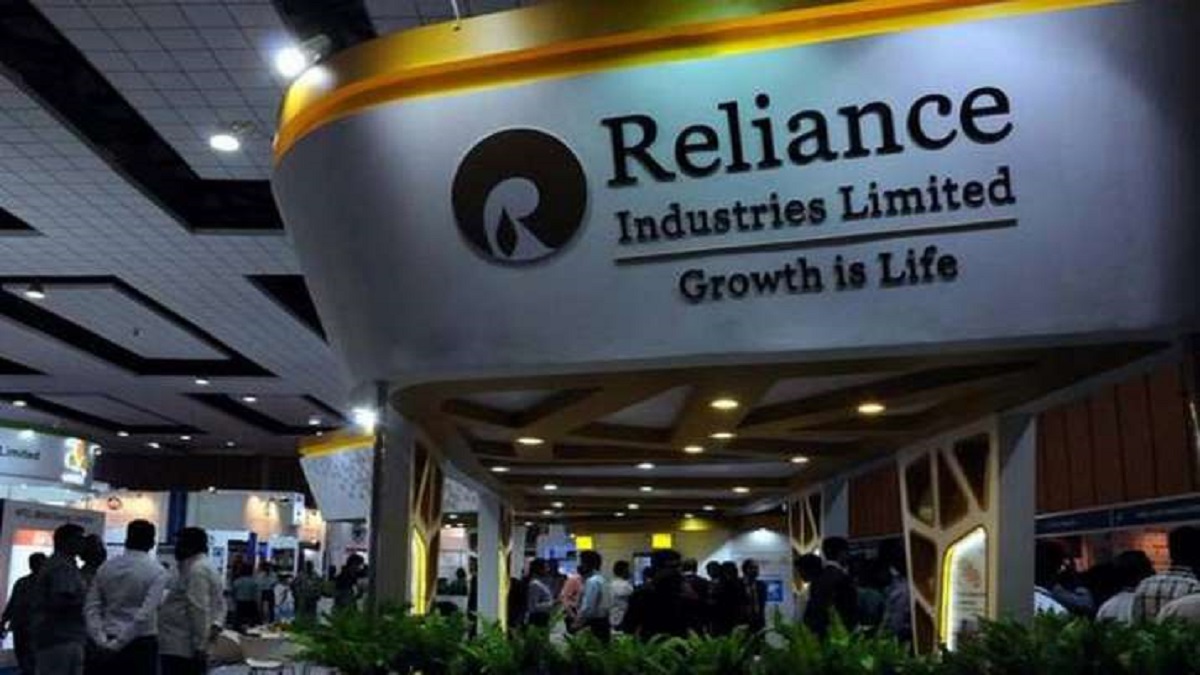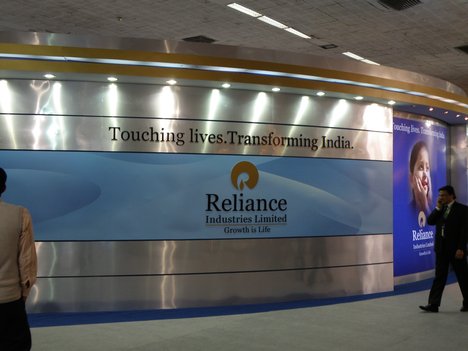Indian Giant Reliance Industries May Earn $10-15 Bn Revenue From New Energy Biz By The End Of This Decade.
With $2 trillion in investment in India through 2050, clean energy (solar, batteries, electrolyzers, and fuel cells) represents a new development pillar for Reliance. By 2030, India hopes to have 280 GW of solar power and 5 million tonnes of green H2 generation.

According to insiders, Mukesh Ambani’s Reliance Industries Ltd (RIL) may generate around $10-15 billion from its new energy sector spanning solar to hydrogen by 2030, but it would need acquisitions or partnerships to compensate for inappropriate technological knowledge.
With $2 trillion in investment in India through 2050, clean energy (solar, batteries, electrolyzers, and fuel cells) represents a new development pillar for Reliance. By 2030, India hopes to have 280 GW of solar power and 5 million tonnes of green H2 generation.

According to brokerage research, they predict EV penetration to reach 5% for passenger and commercial cars and 21% for two-wheelers. Clean energy may have a TAM (total addressable market) of $30 billion by 2030 (up from $10 billion now). The TAM may reach $200 billion and total spending of $2 trillion by 2050, according to estimates.
Reliance Industries, an oil-to-telecom behemoth, has launched ventures into solar manufacturing and hydrogen in an effort to transfer away from fossil fuels. Reliance expects to have 100 GW of installed solar capacity by 2030, accounting for 35% of India’s total capacity target of 280GW.
According to projections, Reliance may take 60%, 30%, and 20% of solar, battery, and hydrogen TAM by 2030, respectively.
Based on these projections, RIL is expected to generate $10-15 billion in revenue from the new energy industry in 2030, accounting for around 40% of the TAM.
Reliance is developing a green energy industry to offer the equipment required for India’s green energy revolution. Reliance has pledged to be a zero-carbon firm by 2035, which is earlier than any other energy provider in the area.

Through solar, batteries, and hydrogen, it is constructing a completely integrated end-to-end sustainable energy ecosystem for clients. While Reliance has the balance sheet and contacts, it lacks the technology and manufacturing know-how required for success.
Given the existing balance sheet and free cash flow projections, funding is not a concern for Reliance. The Indian government has set a goal of installing 500 Giga-Watt of renewable energy by 2030. With 280GW, solar is predicted to account for the majority of this. India had 65GW of solar power as of February 2023.
India is predicted to require 88GWh of cumulative energy storage system (ESS) capacity by 2030 to integrate interruptible renewable energy (wind and solar), which equals 7% of installed solar and wind capacity. ESS capacity is predicted to reach 15% of total installed wind and solar power by 2050.
The Indian government has set an EV sales penetration target of 30% for passenger automobiles, 70% for commercial vehicles, & 80% for two and three-wheelers by 2030.
With India’s EV adoption now at 1%, this will take longer due to a lack of charging infrastructure, inexpensive EV alternatives, and no established battery supply chain. In our opinion, two-wheelers will be more popular than other vehicles, reaching more than 20% in 2030 and 75% by 2040. India has set a goal of producing 5 million tonnes of renewable hydrogen annually by 2030.

Based on a 45 per cent load factor and a 63 per cent efficiency, 81 GW of cumulative electrolyzer capacity is expected to be required to generate 5 million tonnes of green hydrogen. Green hydrogen will be used to replace grey hydrogen, which is produced using gas, as the world moves to decarbonize sectors such as oil and fertilisers.
It is expected that Reliance will begin to recognise income in FY25 from the launch of solar and battery installations in 2024.
Solar will have the highest TAM of $13 billion by 2030, followed by hydrogen with $10 billion and batteries with $7 billion. According to estimates, Reliance might generate $8 billion in income from solar by 2030. Reliance could possibly acquire a big portion of the TAM for batteries beginning in 2025+ and reaching $3 billion by 2030. With only $2 billion available by 2030, hydrogen has the potential to be more profitable.
Reliance is anticipated to attain 100 GW of solar installation by 2030. With battery capacity of 50GWh vs predicted battery capacity of 139GWh in 2030, Reliance may reach a comparable market share of 36%.
Reliance can capture around 19% of the hydrogen market with 16GW of cumulative electrolyzer capacity by 2030, vs a projected TAM of 81GW.
Conclusion.
Electric vehicle penetration is predicted to reach 5% for passenger and commercial cars and 21% for two-wheelers. Clean energy might have a TAM (total addressable market) of $30 billion by 2030 (up from $10 billion now). The TAM is expected to reach $200 billion by 2050, with a total outlay of $2 trillion.




